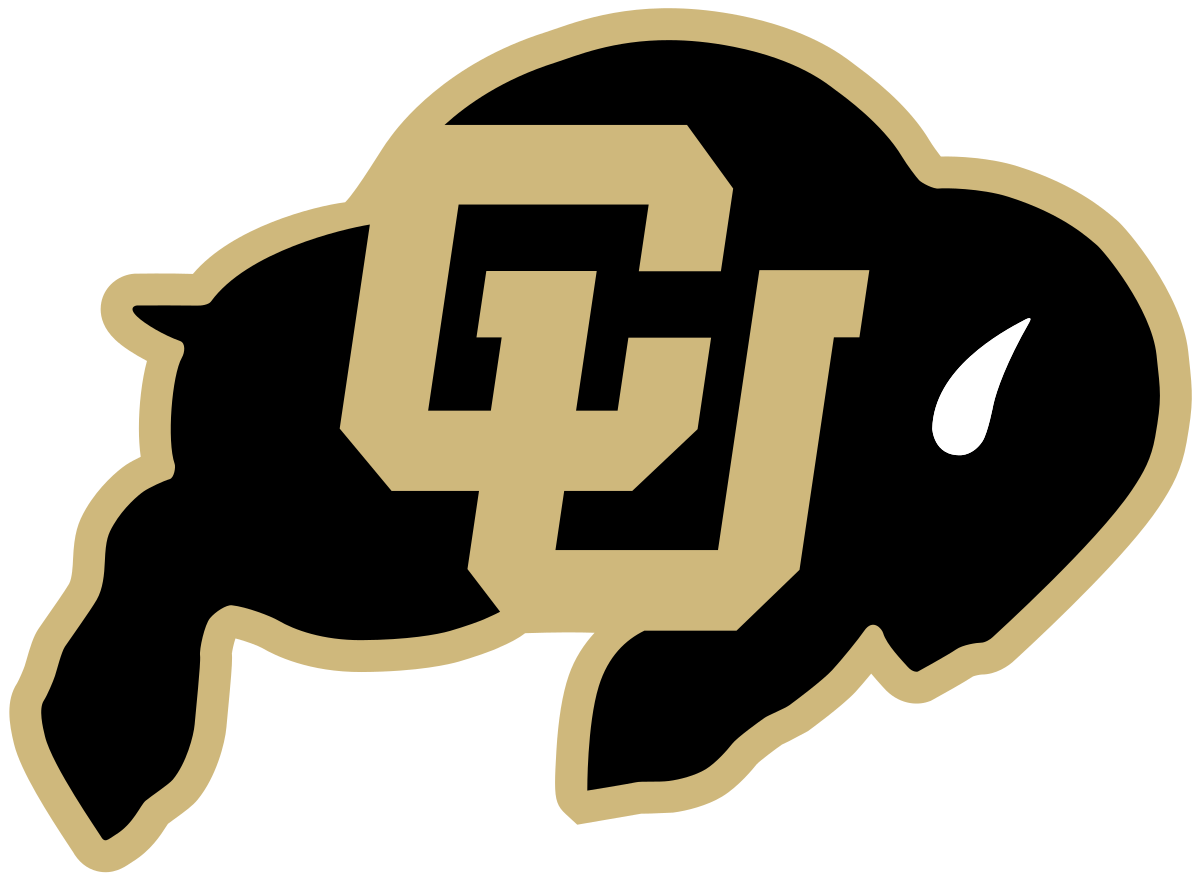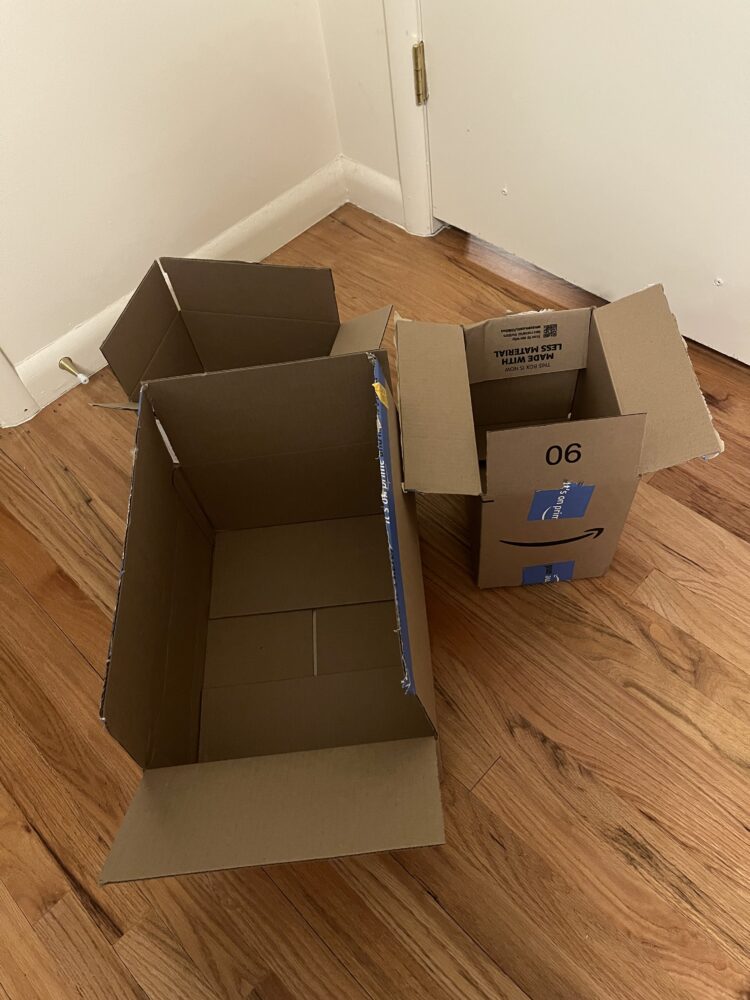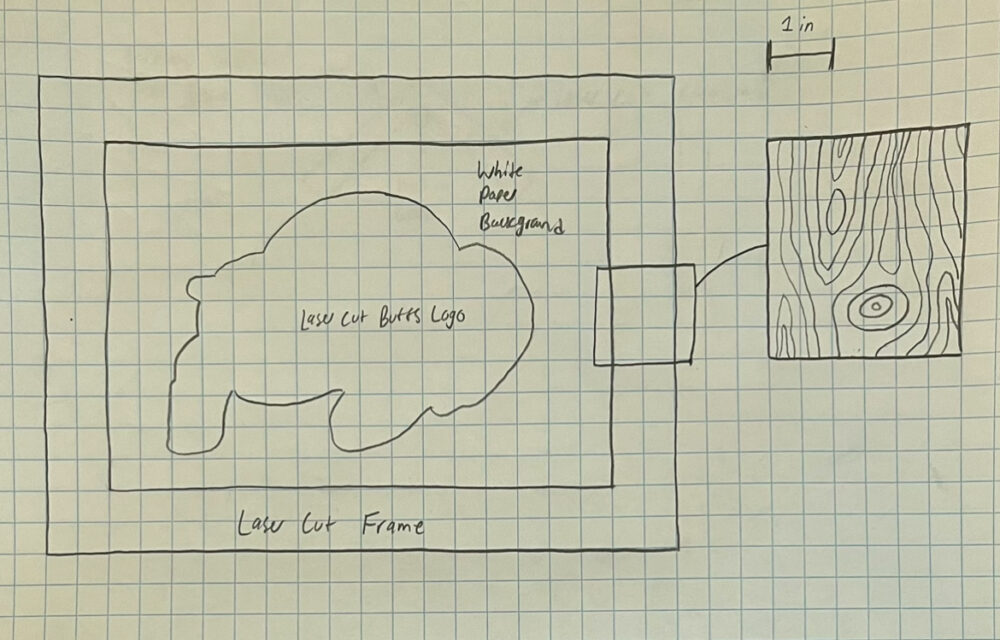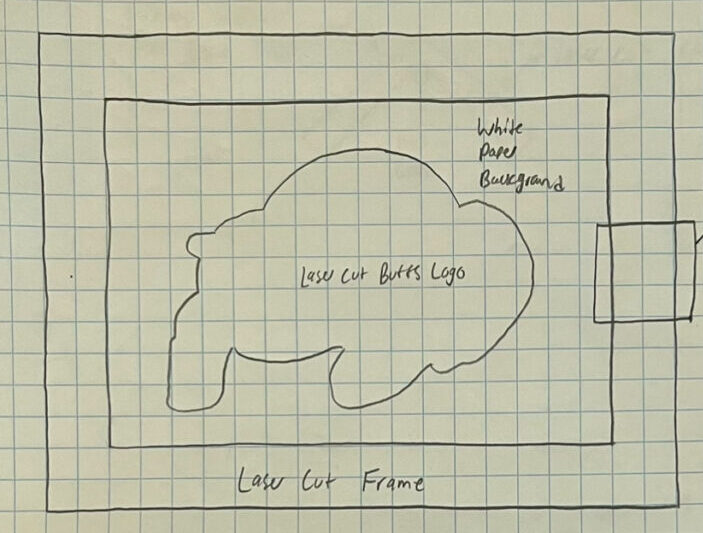For context, I will be creatintg a rustic picture frame which holds a CU Boulder Buffalo logo for my upcycle project. The materials I will be uisng for this project are cardboard, paper, and glue.


Above is the CU Boulder Logo [1] (left) which I will be recreating out of cardboard (right).
It is difficult to say which one aesthetic is the exact opposite of rustic, as aesthetics are inherintly up to interpretation. With that being said, as the rustic aesthetic roots lie in naturalism and westernism, for its opposite aesthetic, I am choosing industrial.
My artifact is one that can easily fit into any aesthetic, including an industrial one. The shape of my physical artifact does not change at all in an industrial context: it is still a rectangular frame with a CU buffalo logo in the middle. However, the materials will be completely opposite of the ones I am using and replicating in my upcycle project.
My upcycle project utilizes recycled cardboard which is made to appear like wood, giving off the rustic aesthetic mentioned above. An industrial aesthetic is one with many greys and blacks, straight edges, and unfinished metals. To create this aesthetic in my project, I would simply remove the imitation wood (laser cut cardboard) from the design and instead use a metal such as aluminum or steel. Additioanlly, instead of leaving the space between the buffalo and the frame empty (displaying whatever surface this artifact is mounted on), I would include a thin metal plate behind the logo and frame, allowing the entire artifact to remain within the industrial aesthetic. This would prevent the observer from being distracted by what is behind the artifact. My initial design sketch below still applies well to the opposite aesthetic, with the removal of the wood-like pattern and the replacing of cardboard with metal.

Additionally, the industrial aesthetic would highly impact my project due to the fact that industrial manufacturing techniques differ strongly from those which I am planning to use.
Instead of laser cutting, I would manufacture my industrial parts using metal shop tools such as a mill and a tap. I would also use outward facing screws to attach all of the pieces together, putting the industrial aesthetic on full display.
To create the industrial aesthetic using my current materials, however, I would need to imitate metal with cardboard, a challenging task that I would likely resolve with the addition of paint or aluminium foil.
Refrences:
- Athletics Logo & Licensing | Brand and Messaging | University of Colorado Boulder. University of Colorado Brand and Messaging, https://www.colorado.edu/brand/sites/default/files/styles/medium/public/page/athletic_logos.png?itok=ODxa0oxH.


3 Comments. Leave new
[…] the aesthetic of my previous project was rustic, and for my blog post on the idea of an opposite aesthetic, I discussed what the artifact would be like with an industrial […]
I concur with you Michael that the opposite of this aesthetic is hard to pin down, but an industrial look I think is probably the closest to opposite. I also like the extra step you took to predict how your materials would change in addition the processes that change.
Thanks for your comment Barrett! I think I’d really enjoy taking a shot at an industrial version of this artifact, as I could waterjet it out of aluminium!